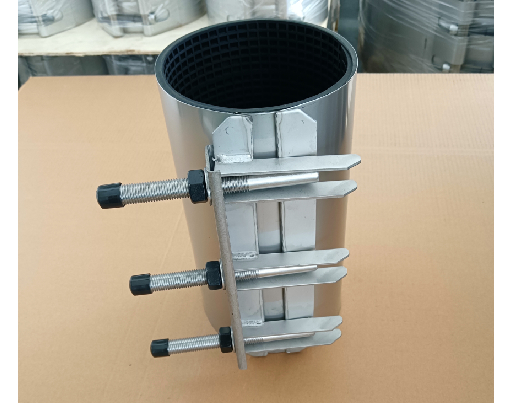butterfly valve clamp end
The Butterfly Valve with Clamp End A Comprehensive Overview
In various industrial applications, butterfly valves are a fundamental component used for flow control. The butterfly valve with a clamp end is particularly notable for its versatility and ease of installation, making it a popular choice across different sectors, including water treatment, food and beverage processing, pharmaceutical manufacturing, and chemical processing.
What is a Butterfly Valve?
A butterfly valve is a type of quarter-turn valve that utilizes a circular disc or butterfly to regulate fluid flow. When the valve is closed, the disc is perpendicular to the flow direction, creating a seal that prevents fluid from passing. Conversely, when the valve is open, the disc aligns parallel to the flow, allowing fluid to pass through with minimal resistance. This design ensures a rapid response to changing flow requirements, making butterfly valves effective for both on/off and throttling applications.
The Importance of the Clamp End
The clamp end feature of a butterfly valve refers to its method of connection to piping systems. Instead of traditional threaded or welded joints, clamp end butterfly valves utilize a simple clamping mechanism, which offers several advantages. This design allows for quicker installation and removal, facilitating routine maintenance or upgrades without the need for extensive alteration of existing piping configurations. The ease of disassembly enables operators to clean or replace the valve with minimal downtime, a critical factor in industries where efficiency is paramount.
Benefits of Butterfly Valves with Clamp Ends
1. Ease of Installation The clamp end design allows for rapid installation and removal. Technicians can easily connect or disconnect the valve from the pipeline, simplifying the maintenance process.
2. Compact Design Butterfly valves are generally more compact than other types of valves, making them ideal for applications with limited space. Their lightweight nature also reduces the overall load on the pipeline.
butterfly valve clamp end

3. Versatile Application Butterfly valves with clamp ends can be used in a wide range of applications, including the transportation of liquids, gases, and slurries. Their adaptability extends to various pressures and temperatures, further enhancing their appeal.
4. Cost-Effective The simple design and ease of maintenance translate into lower operational costs. The reduced need for specialized tools and equipment for installation also helps to cut expenses.
5. Reduced Pressure Drop Butterfly valves typically have a lower hydraulic resistance compared to other valve types, resulting in a reduced pressure drop across the valve when open. This characteristic is particularly beneficial in systems requiring efficient flow rates.
Applications in Different Industries
In the food and beverage industry, clamp end butterfly valves are crucial for maintaining hygiene standards. The smooth, clean surfaces prevent bacterial growth, making them suitable for applications like dairy processing and beverage production.
In the chemical industry, these valves are utilized to handle corrosive substances. Manufacturers can choose materials that withstand harsh chemicals, ensuring reliability and safety in operations.
The water treatment sector also benefits from butterfly valves with clamp ends, as they are ideal for controlling the flow of water in treatment facilities, irrigation systems, and municipal water systems. Their robust design ensures longevity and durability, even in extreme conditions.
Conclusion
The butterfly valve with a clamp end is an essential component in many industrial applications. Its advantages in ease of installation, maintenance, and versatility make it a preferred choice among engineers and operators alike. As industries continue to seek improved efficiency and reliability, the demand for effective flow control solutions like clamp end butterfly valves is likely to grow, fostering innovation and development in valve technology.
-
The Smarter Choice for Pedestrian AreasNewsJun.30,2025
-
The Gold Standard in Round Drain CoversNewsJun.30,2025
-
The Gold Standard in Manhole Cover SystemsNewsJun.30,2025
-
Superior Drainage Solutions with Premium Gully GratesNewsJun.30,2025
-
Superior Drainage Solutions for Global InfrastructureNewsJun.30,2025
-
Square Manhole Solutions for Modern InfrastructureNewsJun.30,2025
-
Premium Manhole Covers for Modern InfrastructureNewsJun.30,2025
